Pidcock, John Easton
Killed in Flying Accident 1940-05-17
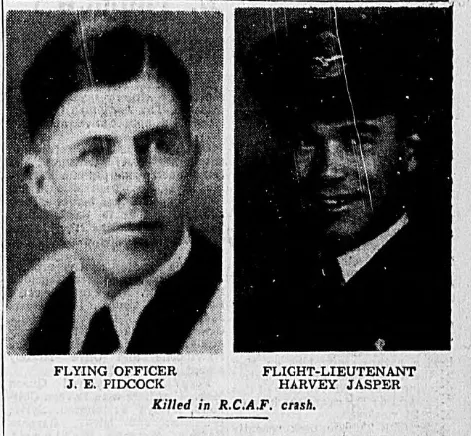

Birth Date: 1907
Born:
Charles Spencer Pidcock & Lillian Edith Pidcock
Home: Montreal, Quebec (parents)
Enlistment:
Enlistment Date: Unknown
Service
RCAF
Unit
1 AHQME- Air HQ Middle East
Base
RCAF Stn Trenton
Rank
Flying Officer
Position
Flying Officer
Service Numbers
C/1758
First Burial
 Cemetery At Qu'appelle, Saskatchewan
Cemetery At Qu'appelle, Saskatchewan
1 Air Navigation School, Trenton, Ont..
The Norseman was on a cross-country navigation flight from Trenton to give experience in practical air navigation,.
The pilot lost control of the Norseman while flying at low altitude over high ground. This was coupled by adverse weather conditions which included mist and rain. The accident is recorded as 02:30 Near Grafton, 15 miles north of Cobourg, Ontario
Killed includes Pidcock:Flying Officer George Edgar Auld (nav.) RCAF (C/1747) KIFA The People's Cemetery, Charlottetown, PEI. F/Lt Harvey Bell Jasper pilot RCAF C/194 KIFA Woodlawn Cemetery Saskatoon, Saskatchewan.AC1 John Robert Kean WOp RCAF R/51908 KIFA Victoria Memorial Park, Windsor, Ontario.
This incident involved multiple aircraft:
- Norseman Mk. IVW Serial: 678
All the above aircraft in the above list are referenced in this report.
Norseman 678
Noorduyn Norseman
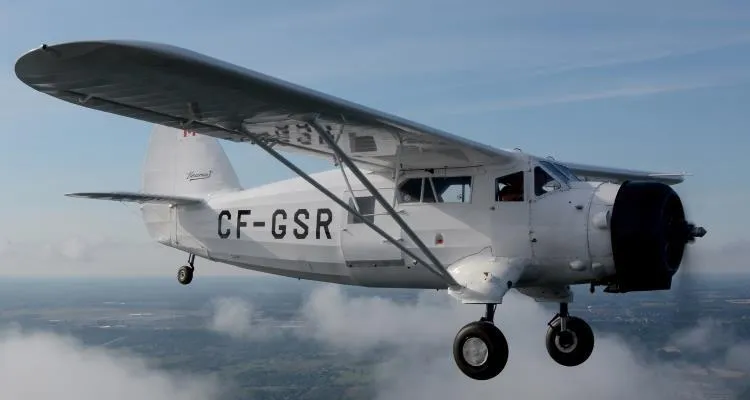
Canadian Warplane Heritage Museum
The Noorduyn Norseman, also known as the C-64 Norseman, is a Canadian single-engine bush plane designed to operate from unimproved surfaces. Distinctive stubby landing gear protrusions from the lower fuselage make it easily recognizable.
Introduced in 1935, the Norseman remained in production for almost 25 years with over 900 produced. A number of examples remain in commercial and private use to this day. Norseman aircraft are known to have been registered and/or operated in 68 countries and also have been based and flown in the Arctic and Antarctic regions.
The Noorduyn Norseman was designed by Robert Noorduyn in Montreal in the mid-1930s as a rugged transport plane, well suited to operations in the Canadian North. The prototype (CF-AYO), a floatplane, first flew from Pointe aux Trembles, Quebec on November 14, 1935. A high winged monoplane, powered by a Wright Whirlwind 420 hp engine, the aircraft had an all welded steel tubing fuselage covered with fabric. The wings were of all wood construction and were fabric covered as well. The Norseman was designed with a rugged landing gear that was equally at home on floats, skis or wheels.
The prototype proved somewhat underpowered. So, after further development, the definitive Norseman, the Mark IV, powered by a 550 hp Pratt & Whitney Wasp flew from Noorduyn's Cartierville, Quebec, factory in November 1936. Were it not for WWII, the production run would have lasted probably less than a hundred planes.
Until 1940, Noorduyn had sold only 17 Norseman aircraft, mainly to commercial operators in Northern Canada and to the RCMP. However, once the war started the Royal Canadian Air Force ordered 38 Norsemen as Wireless and Navigational trainers for the British Commonwealth Air Training Plan. In July 1941, following the establishment of a successful transatlantic ferry route from Canada to the UK by the Royal Air Force, aviation pioneer Bernt Balchen was enlisted by the United States Army Air Force to evaluate another ferry route across Greenland. Balchen requested six Norsemen for the job. Impressed with their performance, the USAAF then issued the UC-64A specification for a rugged military light transport plane. After the US entry into the war, more than 800 Norsemen were produced for both the USAAF and the RCAF. During WWII, Noorduyn Norseman aircraft were flown in several theatres of war, including Alaska, Europe and Australia. Eventually, it served with the military in eight countries.
On Sept. 25, 2015, the Canadian Warplane Heritage Museum took delivery of the latest addition to their growing fleet of flying aircraft "“ Noorduyn Norseman Mk. V (CF-GSR). Obtained from Ernie and Donna Nicholl at Huron Air & Outfitters as a split donation/purchase in early 2014. CF-GSR had previously served several operators including Canadian Forest Products, Austin Airways, Slate Falls Airways, Silver Wings Air Service, Ilford-Riverton Airways and Bearskin Airlines Most of its life was spent on floats ut it was configured over to wheel landing gear before being ferried to Hamilton Airport. Although CF-GSR never saw service with the RCAF, in keeping with the Museum's mandate, the Norseman will bepainted in a RCAF scheme at some point in the future. Wikipedia and Canadian Warplane Heritage Museum
Norseman 678
Norseman Mk. IVW 678
Operated by No. 8 (GP) Detachment when it collided with a small boat while operating on floats at Yellowknife, NWT at 19:00 on 13 August 1938, minor damage to aircraft and boat. No injuries. Police investigation faulted the boat operator. With No. 1 Air Navigation School at RCAF Station Trenton, Ontario when it crashed near Grafton, Ontario and was destroyed on night of 16/17 May 1940. Was on a night navigation exercise. All 4 crew members killed.1938-05-25 Taken on Strength 2019-08-20
1940-May-17 Accident: TRENTON Air Navigation School Loc: Grafton Ontario Names: Auld | Jasper | Kean | Pidcock
1940-08-02 Struck off Strength struck off, after Category A accident at Grafton, Ontario on 17 May 1940 2019-08-20
 Canadian Virtual War Memorial
Canadian Virtual War Memorial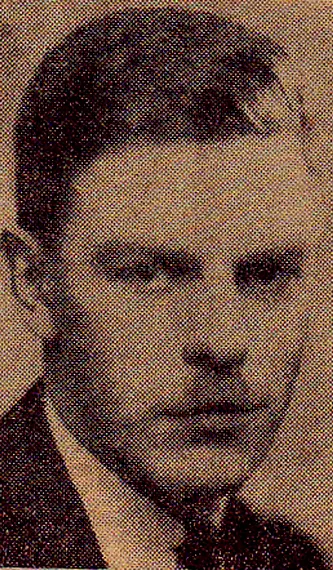
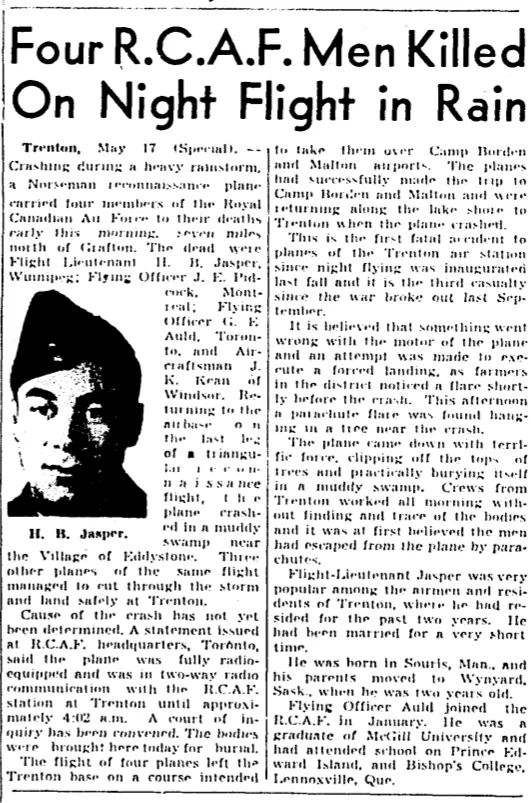
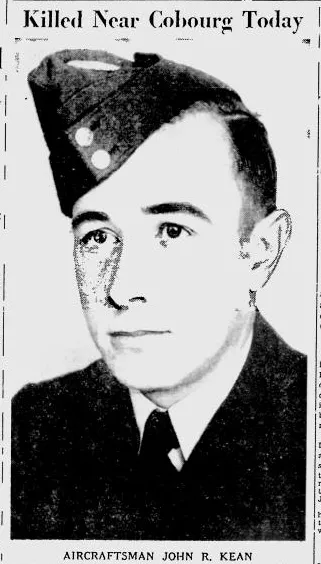
 Norseman
Norseman Wikipedia Norseman
Wikipedia Norseman Harold A Skaarup Web Page
Harold A Skaarup Web Page